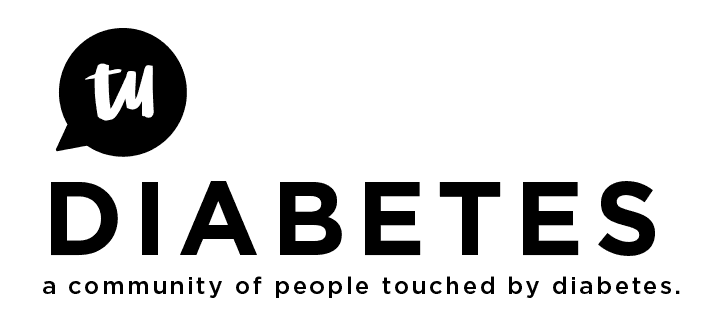It’s been a tough summer. Samantha has been playing softball, her favorite sport – at which she has always excelled – but she has been off her game. Several people warned us this would happen as she learns to live with her T1 diagnosis and gets to know everything it takes to feel good on the playing field. She’s had problems in the outfield due to vision problems related to blood sugar. Her batting has been in the dumps. The overwhelming heat forced her to sit out during an afternoon game.
That’s what finally broke her. Samantha doesn’t cry, but that night she cried for a while, cried for the whole season, cried about her diagnosis, which she has never done. She wanted to know why everyone else could stand the heat. Why was something that was always so easy for her, always natural, suddenly very difficult?
“You’ll be back,” I told her. “We knew it was going to be tough. We have a lot to learn; we have to know what you should eat before the game, what your blood sugar level should be – not too high, not veering toward low. We’ll do it, but it’s going to take time.” There are athletes who do it, you’ve gotta hang in there, I told her. It’s not easy. Come to think of it, for most outstanding athletes, it’s not really easy. It takes work.
I told her my story: back in the 1970s, I played Little League baseball with the boys. I was the only girl in the league. I wanted to play baseball so bad it hurt. I kept trying out – for 3 years – until they finally put me on a team. I told Samantha I realized I had to actually be better than the boys to be considered good enough to play with them. I had to take things a step further. No dropped balls, hit after hit after hit, I had to excel.
“That’s what you’re going to have to do now,” I said. “You’ve got to be better than diabetes.” Push it out of the picture, as far as possible, dominate it. She can do it. It’s just going to be a challenge. That’s what athletes get high on.
